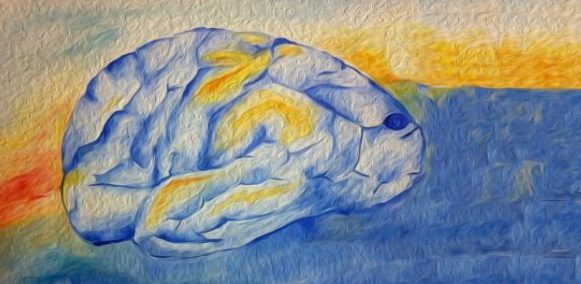Theoretical neuroscience
Theory of spike initiation, sensory systems, autonomous behavior, epistemology
Editor Romain Brette
Recording action potential propagation in single axons using multi-electrode arrays (2017)
Kenneth R. Tovar, Daniel C. Bridges, Bian Wu, Connor Randall, Morgane Audouard, Jiwon Jang, Paul K. Hansma, Kenneth S. Kosik
The authors use an MEA on cultured neurons to record the propagation of action potentials in single neurons, and how it changes over days. The electrode signals quite clearly allow identifying the initiation site (presumably, AIS) and axonal processes. The authors show for example (using TTX) that reducing available Na+ conductance reduces conduction velocity without affecting the reliability of propagation, or the amplitude of the signals. As stated in the discussion, what I find particularly interesting is that it might allow investigating the development of excitability. From a theoretical neuroscience perspective, I see this as a very interesting form of learning (learning to propagate spikes to terminals) for which there is unfortunately very little experimental data. For example: does excitability develop jointly with the growth of axonal processes, or does it come after? Is it activity dependent? How does the cell know where to place the channels? (note that there is some relationship with a paper that I have discussed in the previous issue, Williams et al., 2016). The authors suggest that excitability develops after growth because they interpret a change in an electrode signal as the axonal process changing from passive to active. Unfortunately, the interpretation is not entirely straightforward because there is no simultaneous imaging of axonal morphology. This would be indeed a major addition, but not so easy with dense cultures. The discussion points to a number of other studies relevant to this problem.
